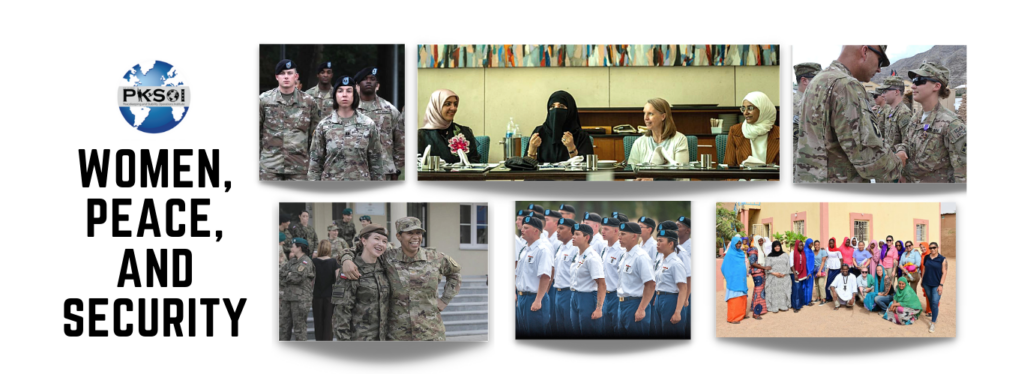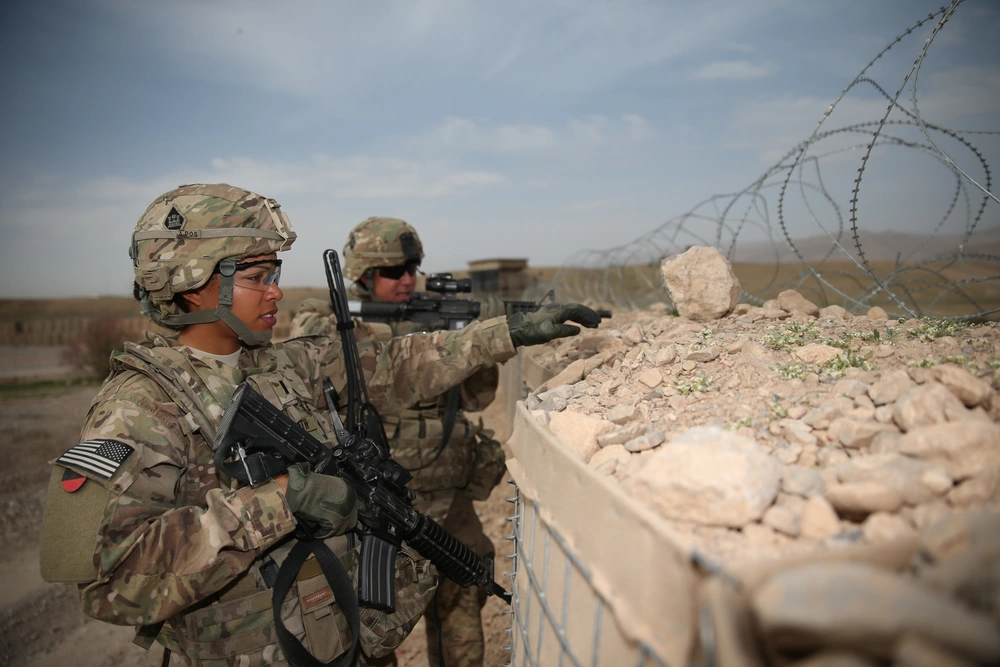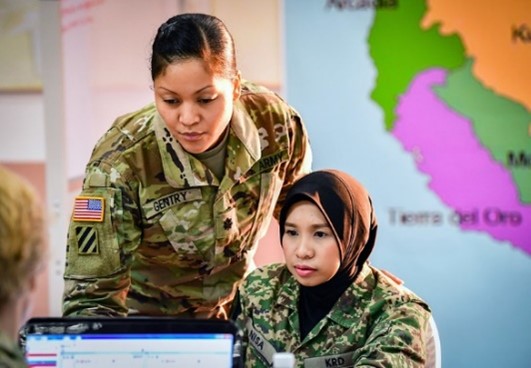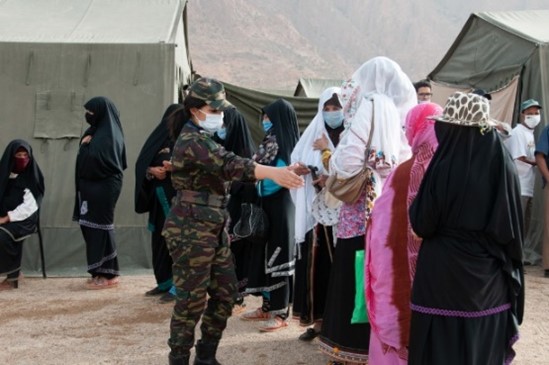
“Women, Peace and Security isn’t just a nice to have but it is a core value that we have…to create a more ready, a more resilient, and more effective military…”
GEN Laura J. Richardson,
Commander, U. S. Southern Command
What is Women, Peace, and Security (WPS)?
Women Peace and Security is a global policy framework arising out of UN Security Council Resolution 1325, adopted on 31 October 2000. The resolution recognizes that women are affected by conflict and crisis differently and disproportionally and reaffirms the important role of women’s meaningful participation in the prevention and resolution of conflicts, peace and security operations, humanitarian response and in post-conflict reconstruction as essential for the maintenance and promotion of peace and security. Nine additional resolutions that comprise the WPS agenda have been passed since UNSCR 1325 was adopted.
WPS and the DoD
After the adoption of UNSCR 1325, UN member countries issued National Action Plans to implement WPS, with the U.S. issuing its implementation plan in 2011, and then updating it in 2016. In 2017, the U.S. become the first country to codify WPS into law.
- 2017: U.S. WPS Act becomes first law on WPS; Tasked DoD, DoS, USAID, & DHS to implement WPS.
- 2019: U.S. Strategy on WPS released to guide USG WPS implementation.
- 2020: DoD Strategic Framework and Implementation Plan provides defense objectives for DoD to meet WPS Act requirements.
- 2021: The Independent Review Commission on Sexual Assault in the Military report includes five WPS recommendations.
- 2023: Updated U.S. Strategy and National Action Plan on Women Peace and Security released
These documents form the foundation of the Army’s requirement to institutionalize and operationalize Women, Peace and Security across its operations, activities and investments. There is an annual requirement for DoD to report on its progress implementing WPS.
Why WPS Matters
At its core, Women, Peace and Security principles provide a framework for conducting more effective and sustainable peace and security operations. For the military, WPS principles provide a means for better understanding the operating environment, while reducing risk to both Soldiers and civilians during operations. Afghanistan and Iraq revealed capability gaps on the ground that left U.S. forces unable to interact with half of the population, limiting operational effectiveness. By using a gender lens these operational and readiness gaps can be filled—from the recruitment and employment of Soldiers, to carrying out missions on the ground, to succeeding in the future operating environment including near peer competition.
WPS Principles
- Participation of women in peace and security
- Protection of women and girls from violence
- Inclusion of women in conflict prevention
- Equal access to relief and recovery before, during, and after conflict and crisis
- Protection of human rights
- Equal application of the rule of law
- Incorporation of a gender perspective into peace and security efforts
The U.S. Army Approach to WPS Implementation
As the office of primary responsibility for WPS implementation in the U.S. Army, PKSOI is approaching this mandate by:
- Raising awareness of Women, Peace and Security
- Developing the U.S. Army Gender Advisory Workforce
- Institutionalizing and operationalizing WPS across the Army enterprise
DoD WPS Strategic Framework and Implementation Plan: Defense Objectives
| Defense Objective 1 | Defense Objective 2 | Defense Objective 3 |
 |  |  |
| The DoD exemplifies a diverse organization that allows for women’s meaningful participation across the development, management, and employment of the Joint Force. | Women in partner nations meaningfully participate and serve at all ranks and in all occupations in defense and security sectors. | Partner nation defense and security sectors ensure women and girls are safe and secure and that their human rights are protected, especially during conflict and crisis. |